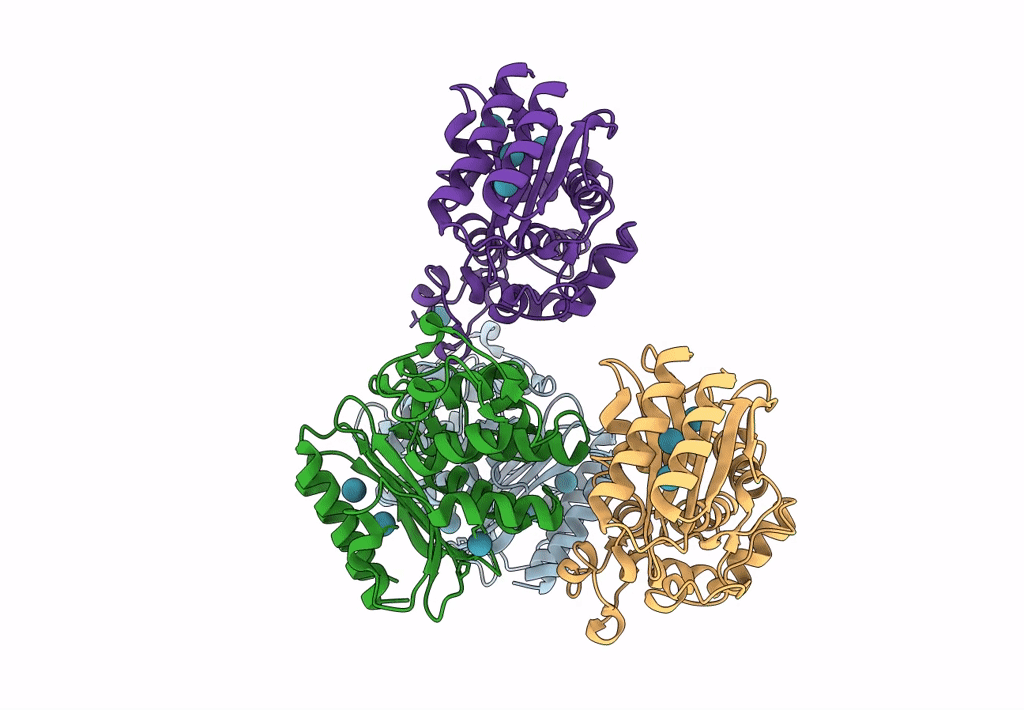
Deposition Date
2017-09-08
Release Date
2018-09-12
Last Version Date
2024-10-16
Entry Detail
PDB ID:
6AYK
Keywords:
Title:
Crystal structure of TEM1 beta-lactamase mutant I263A in the presence of 1.2 MPa xenon
Biological Source:
Source Organism:
Escherichia coli (Taxon ID: 562)
Host Organism:
Method Details:
Experimental Method:
Resolution:
1.44 Å
R-Value Free:
0.21
R-Value Work:
0.19
R-Value Observed:
0.19
Space Group:
P 1 21 1


